Stephen Port: BBC documentary How Police Missed the Grindr Killer, victims and TV series Four Lives explained
and live on Freeview channel 276
Viewers of the BBC’s latest docu-drama will have learned of the horrific deaths of four young, gay men at the hands of murderer Stephen Port.
The series, Four Lives, was based on evidence, witness testimony and reports of the events which led to and followed their bodies being found within yards of one another.
Advertisement
Hide AdAdvertisement
Hide AdDespite the obvious links which tied the four victims together, Port managed to evade justice for two years, other than serving a short jail sentence for perverting the court of justice in one case.
So, how did Metropolitan Police officers fail to identify key links between the crimes and how was Port finally brought to justice? This is the true story of Port’s crimes.
Loading....
Who is Stephen Port?
Port, 46, lived in Barking, East London, and worked at the West Ham Bus Garage at the time of his crimes.
The trained chef even appeared on BBC’s Celebrity MasterChef in 2014, the year he killed the four young men, when celebrity chefs were tasked with making meatballs and pasta for more than 100 bus drivers.
Advertisement
Hide AdAdvertisement
Hide AdHe had profiles on several dating sites for gay men which he used to lure his victims, from which he would later become known as the ‘Grindr killer’.
Port’s former friend and neighbour, Ryan Edwards, told court that Port preyed on “vulnerable” boys, often aged around 16 and 17 years old.
Mr Edwards said he did become concerned about whether his neighbour had "paedophile tendencies", as he had a "voracious appetite" for meeting "very young" men and he had a "strange" obsession with children’s toys.
Edwards, who had an entirely platonic relationship with the murderer prior to knowing of his crimes, added that Port reassured him that his interest was only in men of consensual age and drug paraphernalia around his flat was for personal use only.
Advertisement
Hide AdAdvertisement
Hide Ad"My slight concern with Stephen Port was sometimes the guys he would introduce me to were very young - 16, 17 sometimes, very close to the age of consent," he told the inquest jury.
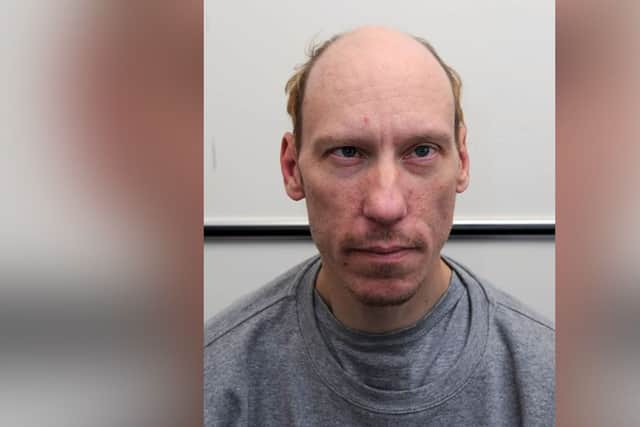

"Often there were difficult circumstances, broken homes, needing somewhere to stay, vulnerable.
"I was wondering if he was bordering on paedophile tendencies, but I didn’t have any evidence."
Following the investigation into the four murders, Port was found to have an extreme fixation and fetish on ‘date rape’ porn which included boy-like young men.
What did Stephen Port do and who were the victims?
Advertisement
Hide AdAdvertisement
Hide AdPort is a convicted rapist and murderer, convicted of the murders of four men and of a the rapes of three other men he drugged, and ten counts of administering a substance with intent, and four sexual assaults.
Anthony Walgate


In June 2014, he contacted Anthony Walgate from Hull, a fashion student who had worked as an escort to make some more money.
He invited Anthony, 23, to his flat in Barking where he drugged him with a fatal dose of date rape drug, GHB.
When Anthony died, Port dragged his body outside his flat and left him there while he anonymously called 999 and stated he had found Walgate collapsed at the front of his apartment block.
Advertisement
Hide AdAdvertisement
Hide AdPort said he put Anthony in a seated position against the wall of the flats and then went to bed.
Three weeks later, police recovered evidence that highlighted Port had hired Walgate as an escort on the night he died, Port changed his story to say he was with Walgate when he died but had not administered the drugs and tried to save him by contacting emergency services.
When Port was interviewed in connection with Anthony’s death, it was only by a junior borough officer himself. The officer told senior police he felt Port had killed Anthony and that a Scotland Yard homicide team should investigate.
At this point, DCI Tony Kirk, head of Barking and Dagenham CID, asked for a murder inquiry team to take over. He messaged a senior Scotland Yard homicide detective to say Port had previously drugged and raped someone and that, on balance, it appeared Anthony had died "at the hands of another".
Advertisement
Hide AdAdvertisement
Hide AdHe added: "I feel we as an organisation have a duty to his friends and family to get to the bottom of his death in what are increasingly suspicious circumstances."
During an initial interview with the homicide unit, Port revealed he revealed that he had previously been searched and questioned by police at Barking railway station after helping out a friend who was unwell.
Officers thought this information seemed significant and left a note for the borough team. But nothing was done to establish any more detail and Port was released on bail.
It later transpired that he had drugged and raped another young man, at a railway station two weeks prior. No basic checks were made on Port’s background.
Gabriel Kovari


Advertisement
Hide AdAdvertisement
Hide AdPort then struck again, after promising Slovakian 22-year-old Gabriel Kovari the chance to stay at his place as a lodger.
Gabriel had previously been living with his landlord, John Pape, who described him as “a really decent, smart, intelligent, considerate, creative, talented young guy,” adding “he would have led a really interesting life, I think. So it’s a real tragedy.”
Pape told LGBT+ publication PinkNews that he had offered Kavari a spare room when he arrived in London, but the arrangement only lasted around six weeks before Kavari found Port on the internet and decided to move in with him
“He said he’d found somewhere to stay out in East London,” said Pape. “He moved out, and I’ll always regret not having asked more about where he was going.”
Advertisement
Hide AdAdvertisement
Hide AdIt was less than a week later that Kavari’s body was found by a dog walker in a Barking graveyard, a few hundred yards from Port’s apartment.
His body was found to also have contained a lethal amount of GHB, in August 2014. No links were drawn between Kavari and Port.
Detectives could have discovered that he moved to Cooke Street, and was inside Port’s flat, if they had traced a friend who helped him move.
Gabriel had sent his friend a map showing the new residence and several photos from inside Port’s flat. Kavari was found without his mobile phone, as was Walgate.
Daniel Whitworth
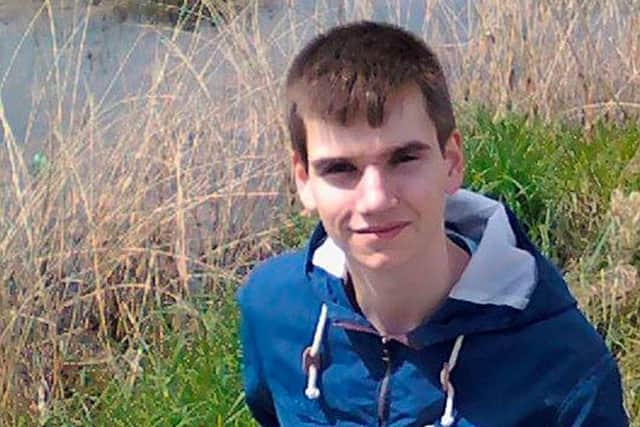

Advertisement
Hide AdAdvertisement
Hide AdPort’s third and youngest victim was Daniel Whitworth, 21. He had been living with his longtime partner when he met Port just weeks after Kovari’s death.
The Kent-born chef had moved in with Ricky Waumsley in 2011, having struck up a relationship in 2010.
Mr Whitworth was found in the same grounds as Gabriel, by the same dog walker who had discovered Gabriel’s body.
Port planted a fake suicide note on Daniel’s body, which stated Daniel had accidentally killed Mr Kovari and not to draw any links between his ‘suicide’ and ‘the man I was with last night’.
Advertisement
Hide AdAdvertisement
Hide AdDespite being in a longterm relationship and sharing a bank account, Mr Waumsley was not given his deceased partner’s suicide note until the inquiry into his death over a year later as he was not next-of-kin.


Waumsley has since stated he felt he would have been dealt with by police differently if he had been a “straight, white woman”.
He said: "I felt like I was being put to one side and I felt like they were being homophobic towards me. If it was a straight woman who’d been found dead, and that was my partner, I think I would have been treated very, very differently."
Officers determined Daniel’s cause of death was suicide, having overdosed on GHB and sleeping pills, and did not have the suicide note checked by a handwriting analyst, nor did police ask for the bed sheets he was found in to be swabbed for DNA or fingerprints to be taken from the empty drugs bottles placed on his body.
Advertisement
Hide AdAdvertisement
Hide AdA homicide team was then appointed to investigate the apparent murder of Kovari by Whitworth, but the forensic analysis was shambolic.
No DNA was recovered from either body, which would not only have confirmed that Kovari had never been touched by Whitworth, but also Port’s DNA would have been found and his DNA was on record.
Weeks after Daniel’s death, his father was given the suicide note and told detectives "there’s nothing in here that identifies it as Daniel, there’s no names of anybody, there’s no words and phrases that he would use.”
Port then went on to create a fake Facebook account before contacting Gabriel’s boyfriend, Thierry Amodio, under the false name Jon Luck.
Advertisement
Hide AdAdvertisement
Hide AdPort, using the Jon Luck account, shared important information about the last days of Gabriel and Daniel and made alarming suggestions about parties at which young men were drugged and exploited.
Amodio sent the Facebook account to DC Adeyemo-Phillips, leading the Barking police investigation, but nothing was done to investigate the account or Port would have been exposed.
Officers did not bother taking a statement from Amodio, who lived in Spain, and refused to keep him updated as they did not regard him as ‘next of kin’.
Jack Taylor
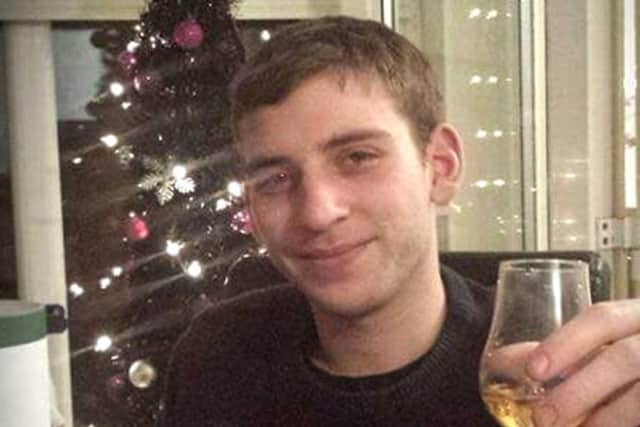

Jack Taylor was Port’s final victim, killed in September 2015 and found dead slumped against another wall in the graveyard as Daniel and Gabriel had been found.
Advertisement
Hide AdAdvertisement
Hide AdDagenham forklift driver Jack, 25, was also found without his mobile phone and having overdosed on GHB. He had never been known to take drugs and the injection marks were found to be on his right hand, which he would naturally have used to administer the drugs.
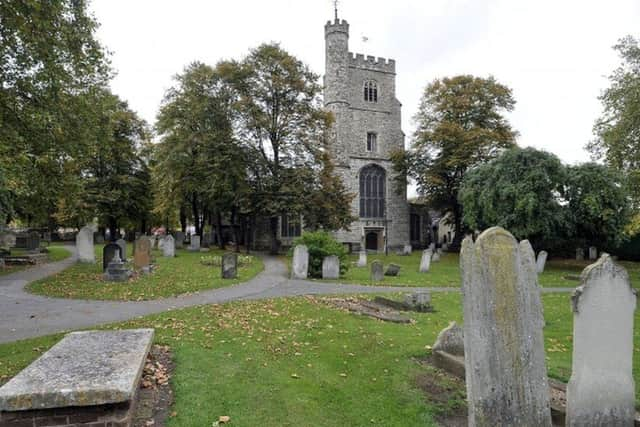

His death was initially determined as non suspicious and a police officer who patrols local parks was put in charge of the death. He asked for help from the CID but was told the death was not in their remit.
Jack’s family were contacted and told of his death, but no further contact was made until two weeks later when his sister, Donna, contacted the Met and expressed her anger at the lack of communication.
She had begun her own investigation with her and Jack’s sister, Jenny, and found links between the four deaths.
Advertisement
Hide AdAdvertisement
Hide Ad"We should never have had to investigate and do everything behind the scenes ourselves," said Jenny.
"Why couldn’t they have done that? Saying they didn’t have enough resources or enough training, we’ve got no training, we had no resources, we had a laptop - that’s all we had - and it makes us very angry."
The Taylor family pushed for the police to put out a public appeal for the ‘tall man’ seen on CCTV with Jack to be identified, and after reluctance to do so, they did.
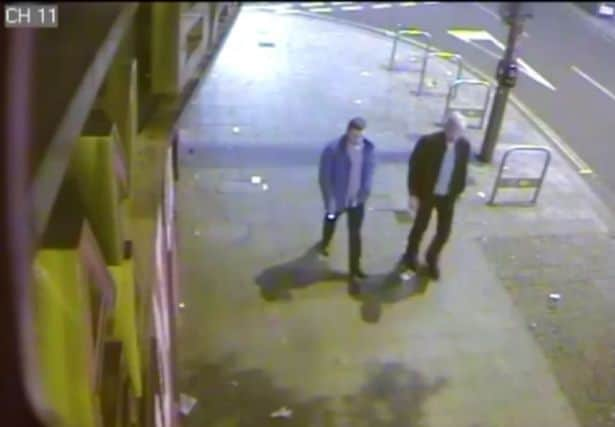

It was one of the original Anthony Walgate detectives who recognised the man as Port and ultimately led to the arrest of Stephen Port.
Where is Stephen Port now?
Advertisement
Hide AdAdvertisement
Hide AdPort pleaded not guilty to all of the cases against him but was convicted of all counts at the Old Bailey.
Sentencing Port to a whole-life order, Mr Justice Openshaw said: “I accept his intention was only to cause really serious harm rather than cause death but he must have known and foreseen there was a high risk of death, the more so after the death of Anthony Walgate, the first victim.”
He said: “The murders were committed as part of a persistent course of conduct of the defendant surreptitiously drugging these young men so that he could penetrate them while they were unconscious.
“A significant degree of planning went into obtaining the drugs in advance and in luring the victims to his flat. Having killed them by administering an overdose, he dragged them out into the street in one case, or took them to the churchyard in the other cases, and abandoned their bodies in a manner which robbed them of their dignity, and thereby greatly increased the distress of their loving families.”
His whole-life order means he will die behind bars.
What has the Met said about the failings of officers?
Advertisement
Hide AdAdvertisement
Hide AdFollowing an independent inquiry into the failure of officers to properly investigate or link key evidence, the Met issued a statement.
The inquest exposed how failings by the Metropolitan Police contributed to the deaths of three men.
Had the initial concerns of the junior borough officer assigned to Anthony’s death been taken seriously, there is reason to suggest the other three deaths could have been avoided.
There were subsequently a string of errors and lack of basic investigations, as well as officers signing off on work which had not been conducted, which led to further failings.
Advertisement
Hide AdAdvertisement
Hide AdThe inquest concluded in December 2021 and the Independent Office for Police Conduct (IOPC) is considering reopening investigation into Met Police handling of deaths of the four men.
Families of the dead men say the Met made false assumptions about their loved ones, with homophobia playing a role in the flawed decision-making.
Scotland Yard accepts failing the victims, but denies that prejudice was a factor.
Assistant Commissioner Helen Ball said: "I don’t think the Met is an institutionally homophobic organisation. I do think that we need to make a great deal of change to our investigative practices. We have done that - and people need to be reassured that we have done that."
Advertisement
Hide AdAdvertisement
Hide AdSeventeen police officers involved in the original response into the four deaths were investigated by the police watchdog.
Although 17 officers were interviewed, 16 gave "no comment" interviews, submitting written statements instead.
None faced gross misconduct charges but nine officers "fell below the standard required".
The Independent Office for Police Conduct did not refer to any of the 17 officers investigated independently; seven of the officers have since been promoted.
